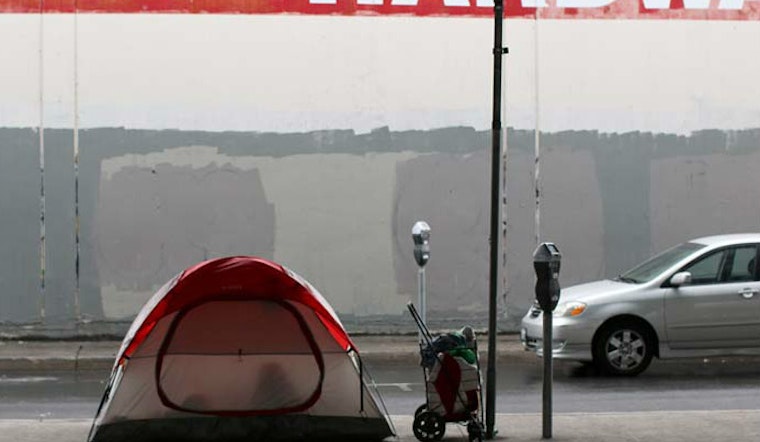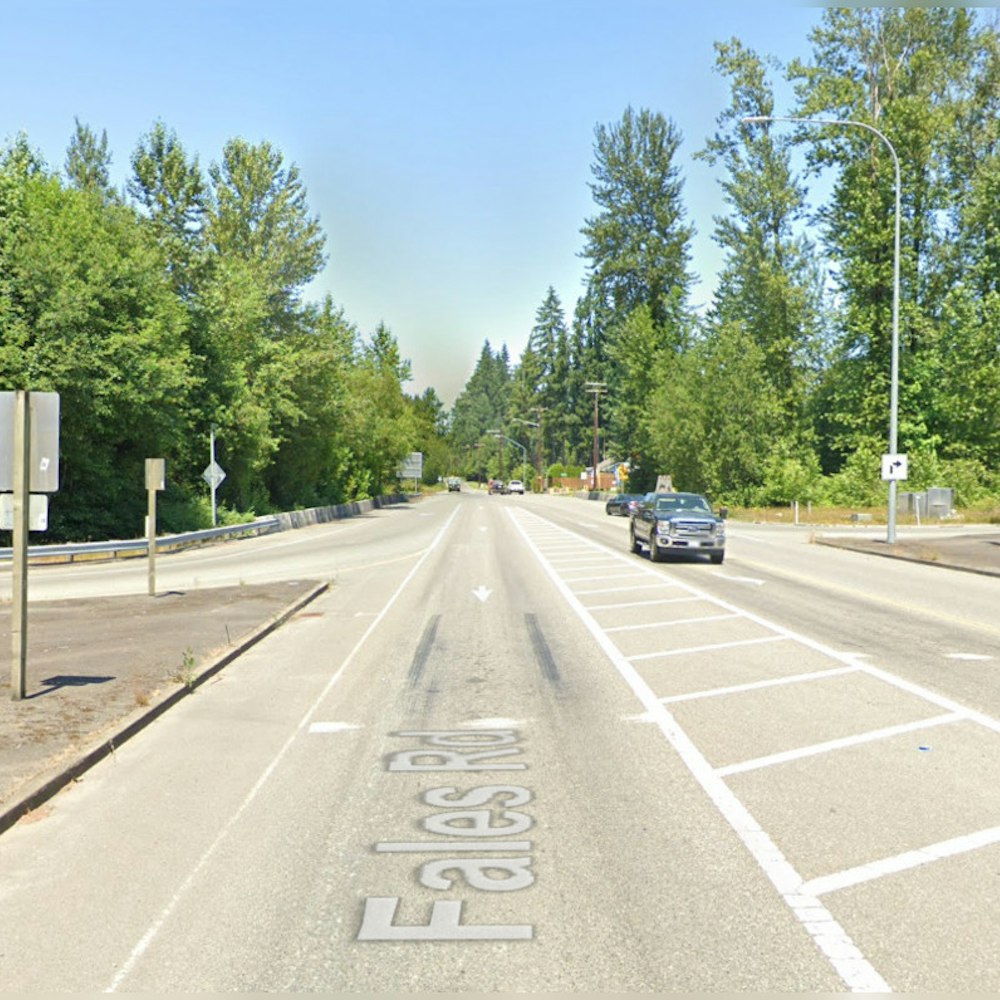
With heavy rainfall over the past week and more inclement weather in the forecast, this year’s El Niño has already begun to live up to the hype. Intense downpours have already caused flooding and traffic headaches across the city.
The city’s homeless are also seeking refuge from the winter storms, with many tents visible in parking lots and along sidewalks around the city.
In preparation for El Niño, the city set a goal to add around 1,350 additional beds at 16 pop-up emergency shelters across San Francisco, nearly doubling the roughly 1,500 permanent shelter beds in the city.
However, city officials have come under criticism for their perceived shortcomings in meeting this goal: with just 75 emergency beds added over the past week, according to the Examiner, many who work closely with the local homeless community are worried.
“The shelters should've been opened when [El Niño] first was forecasted,” said Del Seymour, the formerly homeless co-chair of San Francisco’s Local Homeless Coordinating Board. “We should have already had them open. We have the facilities, we have the money—why the hell wouldn’t they be open?”
Over the past few months, San Francisco identified 16 sites around the city that could add upwards of 1,300 emergency shelter beds during heavy storms. However, in order to open up these pop-up shelters, certain criteria need to be met, and the rules are relatively stringent.
At the moment, San Francisco’s Human Services Agency requires a forecast of either three consecutive days of rain, two inches of rain in 48 hours, or temperatures consistently dropping below 40 degrees Fahrenheit.
“These thresholds aren’t set in stone,” said Sam Dodge, San Francisco’s director of Housing Opportunity, Partnerships and Engagement (HOPE) and the city’s homeless czar. “But it’s a big undertaking to open up these emergency shelters. We really need to make sure that we’re utilizing what’s available whenever possible in addition to opening these up.”
According to Dodge, the city’s homeless shelters were running at 93 percent capacity as of Tuesday evening, indicating that there was still a little more room for those seeking shelter—for now.
“I always want to do more and better," said Dodge. "I think that criticism is coming from a good place. It's early on and we’re fine-tuning the whole mechanism."
With more rain forecasted tonight and tomorrow, the city is making more efforts to open emergency shelters. 200 emergency beds are being made available at the Gene Friend Recreation Center and the Mission Recreation Center, and St. Anthony’s, in partnership with the Gubbio Project, will also be opening its doors tonight as an emergency shelter. 60 shelter beds will be available, and food, clothing, and blankets will be distributed. Project Homeless Connect is also looking for volunteers who are interested in assisting at homeless shelters this winter.
But getting people off the streets and into emergency shelter beds is about more than just opening the doors. A coordinated effort needs to be made to notify homeless individuals when those shelters have come online.
“We have 34 full-time workers that are reaching out to the homeless and are constantly engaged in the different encampments all across the city,” said Dodge. “These outreach teams are there to make people aware of the different resources that exist. It really does take deeper relationships with people on the street.”
Dodge is also open to revisiting the triggering conditions for opening up more emergency beds. "The triggering conditions are higher than what advocates would like them to be, and we need to revisit that and take that seriously. We can revisit these triggers.”
Seymour remembers the challenge of living on the street during the last major El Niño event. “That episode in 1997 caused us to go to places that we had never been before. That’s street survival.”
Despite sustaining some criticism, Dodge thinks the city is ready to rise to that challenge. “We’re much better prepared than we’ve ever been for these types of situations,” he said. “I think that we've got to always improve, and I think this last week has been a test for that.”









-1.webp?w=1000&h=1000&fit=crop&crop:edges)